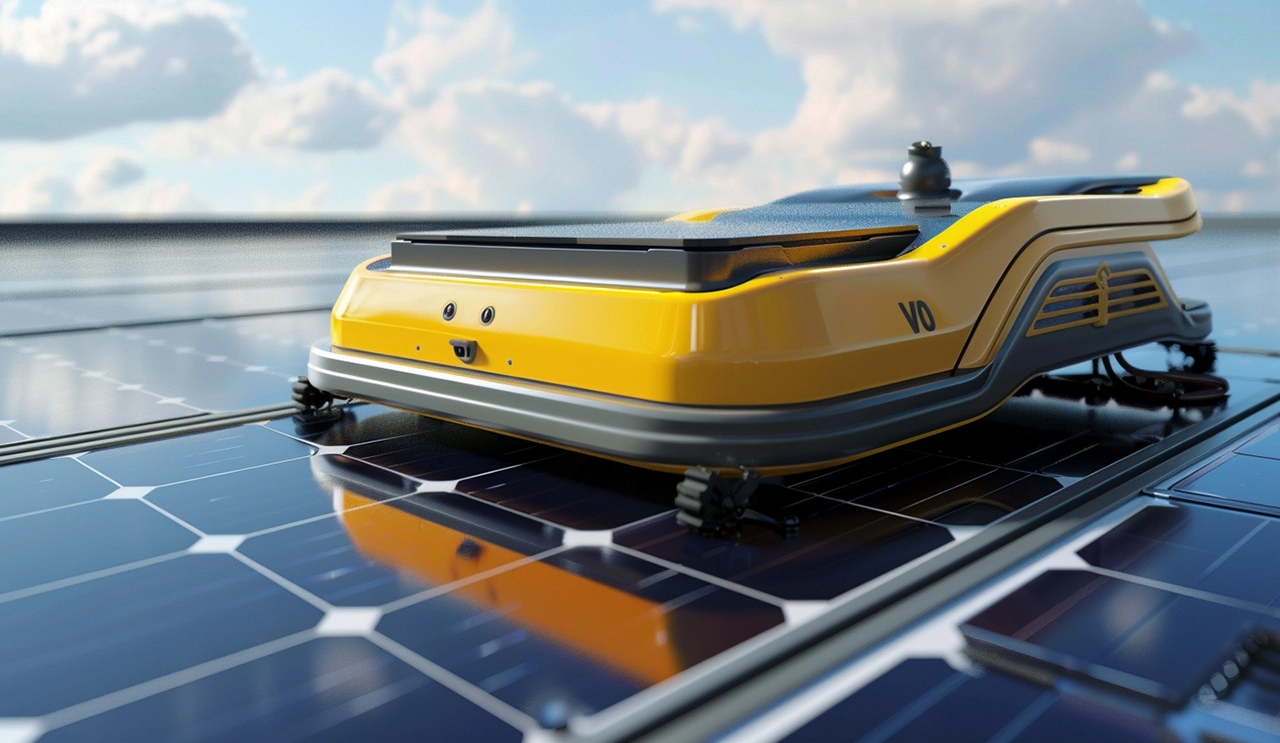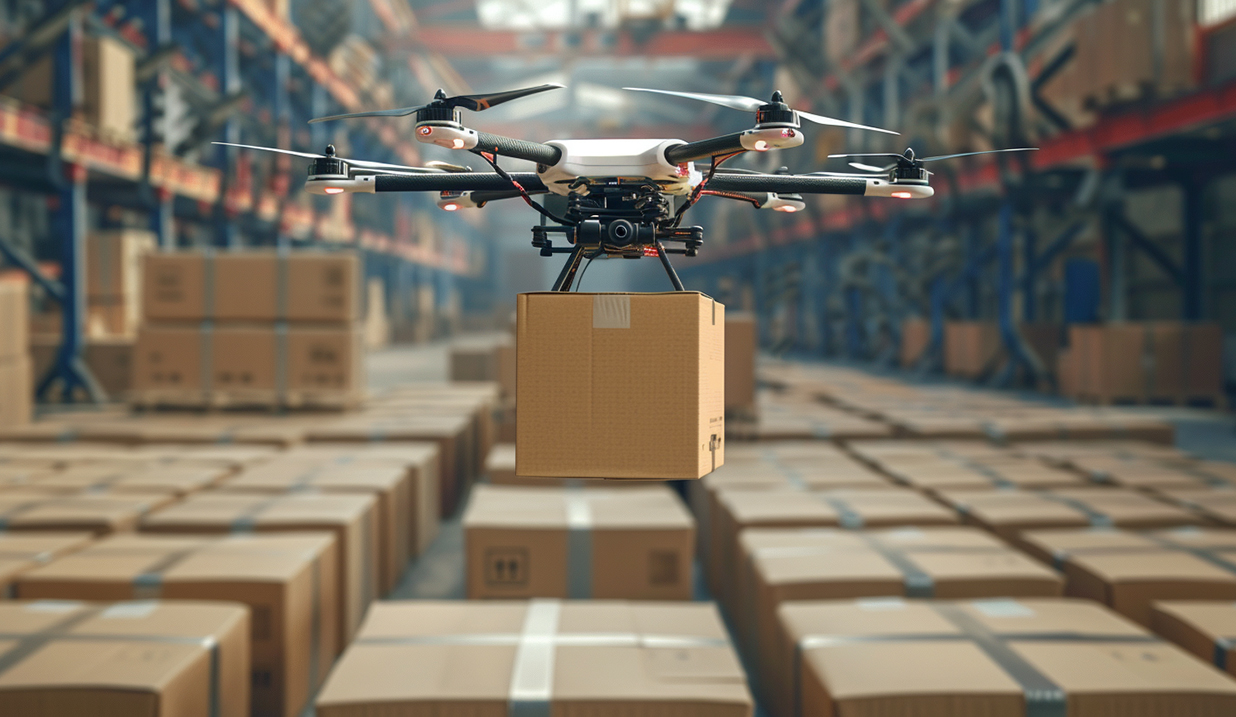
WIRELESS CHARGING IN THE NEWS
With the continuous progress of science and technology, artificial intelligence and automation technology has gradually penetrated into various industries, and the agricultural field is no exception. Modern farms, as an important link in the efficient food production chain, are gradually adopting intelligent equipment to replace traditional human work. Among them, inspection robots have become a key force for optimizing management and improving breeding efficiency. We no longer just rely on human beings to go to every corner, but through high-tech means to ensure animal welfare and environmental sustainability.
The inspection robot is not only an ordinary mechanical device, it integrates a variety of high-end technologies such as cameras, sensors, data processing modules, and can monitor the environment, animal status, and even equipment operation in real time. Through these sensors, the robot can detect temperature, humidity, air quality and other data to detect anomalies in time, such as excessive temperature, insufficient oxygen or equipment failure. In some high-density farming environments, disease outbreaks may be sudden, and inspection robots can respond quickly to greatly reduce losses. This not only improves the efficiency of farm management, but also makes it easier for farmers to keep track of the status of the entire site.
It is worth mentioning that modern inspection robots also have the ability to learn. Through big data analysis, it can predict the occurrence point of potential problems based on previous inspection records and take measures in advance. This "intelligent" inspection mode not only saves time, but also reduces labor costs and improves production efficiency. Compared with the traditional manual inspection, the robot is more prominent in both work efficiency and accuracy, especially in large-scale farms, which can greatly reduce the blind area in management.
In order to ensure the long-term and efficient operation of the inspection robot, the charging mode is one of the key factors affecting the continuity of its operation. At present, most of the inspection robots on the market use two mainstream charging methods: autonomous charging and wireless charging. Autonomous charging means that when the robot's power is low, it can return to the charging station for charging. The charging station is usually placed in a fixed area, and the robot relies on the navigation system to accurately locate it. When the power level drops to a certain threshold, it will automatically stop inspection and return to the charging area to complete the charging process. This method not only ensures the timeliness of charging, but also reduces the need for human intervention.
The more advanced wireless charging technology further liberates the physical connection between the robot and the charging station. Wireless charging through the principle of electromagnetic induction or resonant coupling, so that the robot only needs to be close to the charging station, it can automatically supplement the electric energy. In this way, the robot does not need to interrupt work during the inspection process, and can accept the charging signal anytime and anywhere to maintain the endurance. Although the cost of wireless charging technology is high, its advantages are self-evident in improving efficiency and extending the working time of robots. For farms that need to operate all day, wireless charging will become the mainstream choice for future inspection robots.
The choice of charging mode not only affects the working time of the robot, but also directly relates to the daily management efficiency of the farm. Autonomous charging is more economical and practical, and is suitable for small and medium-sized farms, while wireless charging, with its flexibility, can better cope with the inspection needs of large-scale and complex environments. Therefore, farmers can choose the right charging method according to their own needs and budget, to ensure that the robot continues to serve the site in the best state.
Technology is constantly changing the face of traditional agriculture, and inspection robots, as an important representative, are helping farms become more efficient and intelligent. In the future, with the further maturity of technology, we have reason to believe that the functions of inspection robots will be more abundant, and their charging methods will be more flexible and efficient. The aquaculture industry will enter a new era of intelligence, and these inspection robots are undoubtedly an important force to promote this change.







